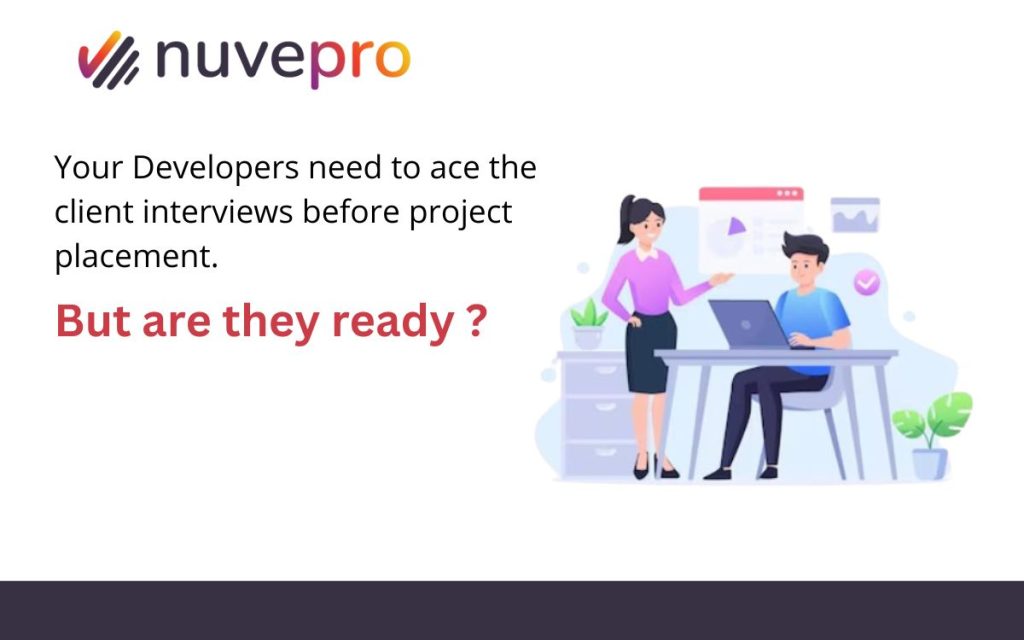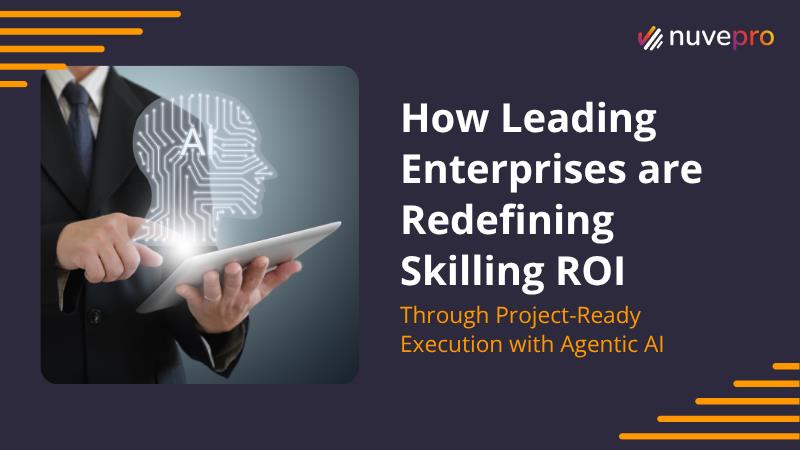Having spent more than 14 years at the then Mindtree, now LTIMindtree, client interview was a term I quickly internalized in the first few weeks of joining.
There were a few other terms like Project, Bench, Delivery, Practice etc., however, it was the word Client Interview that would send both excitement and fear in the employees.
IT service companies earn their revenues by billing their customers or clients for the number of hours that the employees work. The right of passage to a client project was an interview. In many cases, it was an Engineering manager, IT manager, Business Analyst, CTO, or CIO who would be taking the interview. Depending on the customer, the interview could be hard or easy. Since the client would be paying an hourly rate for the employee of the IT service company that is deployed on their project, the client representative wanted to make doubly sure that they are getting the right person. After all, the people who got through the client interviews would become part of their extended team.
Upon joining Mindtree in 1999, I was made aware of Client interviews and had to get ready whenever a project that matched my skills was won by sales. Since this was new to me, I was surprised that even after clearing interviews to get into Mindtree, I had to clear some more to get placed into a client project.
I messed up a few, but eventually managed to get into a client project.
The story will be the same for almost everyone who has spent any of their professional careers at an IT Services organization.
If you go to Quora, Fishbowl or similar sites, you will see employees of ITES organizations sharing their experience about client interviews and whether it was hard or easy. One comment stuck out for me – where the person said that the Client interview was harder than the interview that landed her the job.
According to our customers, the percentages of people who need to go through these Client interviews are between 20% and 80%.
When technologies were limited to Operating Systems, programming languages, design of complex systems, and core technologies like Storage, networking, etc., you would have had a chance to work on one or two of these before facing a client interview.
However, now when you are looking at reskilling – switching from their existing technology to Cloud, Cybersecurity, DevOps, Microservices or now GenAI, clearing a client interview can become a herculean task.
The primary reason is that these client interviews concentrate on what similar work this individual has worked on before, and if the only thing that you have is a 5-day training, certification or developing something cookie-cutter like a food delivery application, then good luck.
By interacting with many customers of ours, we hear that many employees fail to clear client interviews just on the back of training and certifications.
So, how do we plug this gap?
Well, it is by giving a real-world problem or problems to work on, not just another food delivery application.
The additional complexity that accompanies these new-age technologies is the setup itself. It’s no longer “can be done on my machine” or “works on my machine”. You need more than Desktops, and typically it will be a Kubernetes Cluster, an AWS account, an Azure subscription, a GCP project, or a ready-made legacy application setup.
Additionally, since these client projects are not always “Build” from Scratch, it pays to learn how to Enhance existing applications and in many scenarios how to Transform them from legacy to an updated stack.
Thus, there are a few more steps between training and attending a Client interview. These additional steps involve these employees solving real-world problem statements in real-world setups.
It is a no-brainer, it’s like Preparing to run for a marathon. And the Marathon Day is the day of the Measurement of your preparation. Another analogy is where all of us solved previous years’ question papers before the exam.
Applying similar principles to work, we have seen good success if the employees work on a minimum of 5 problem statements that are similar to the project they are aiming to get into, and the duration is about 4 weeks.
Let us know what your experiences have been when staffing projects and how you get your team’s Project ready.




